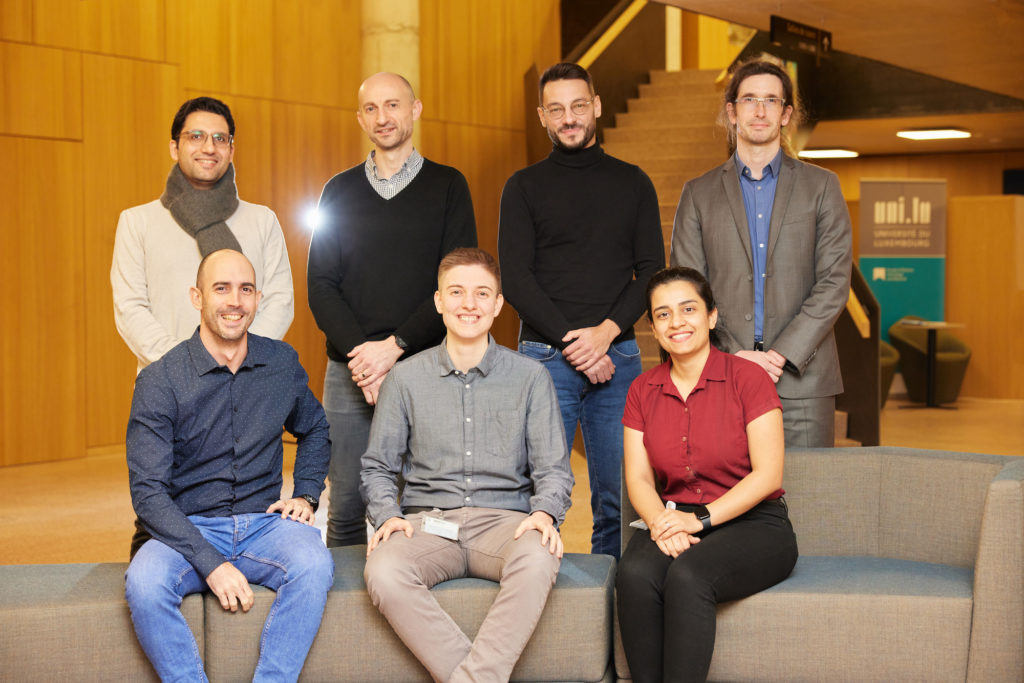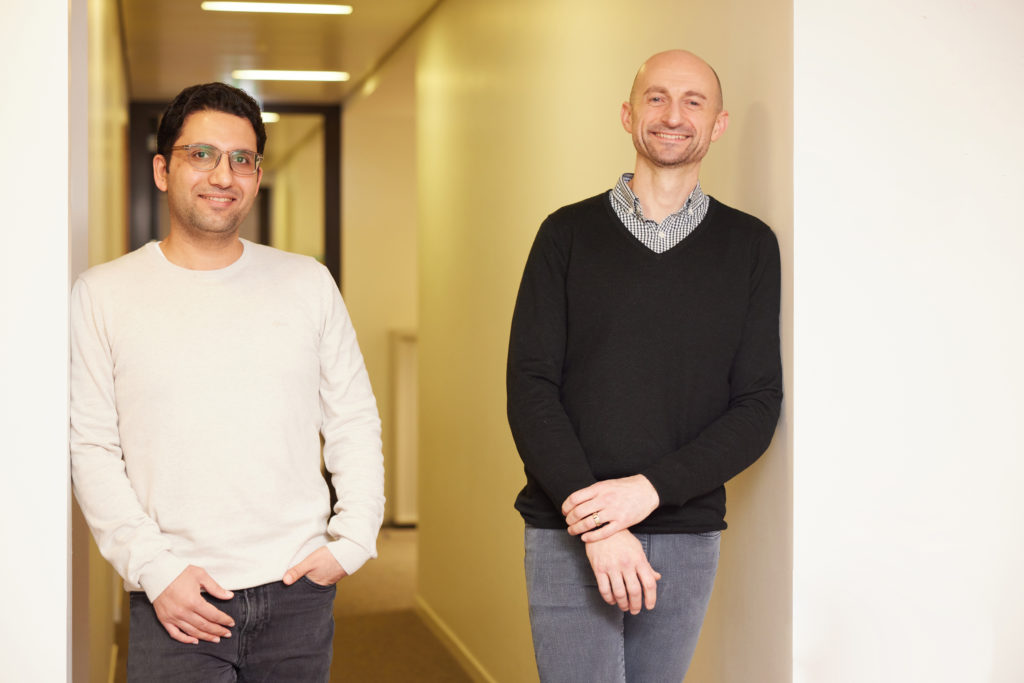Autonomous vehicles & IoT

Whether we as consumers are buying a product or receiving a service, we’d like to think we’re going to be safe in our choices. If we’re buying responsibly, experts behind the scenes have distilled their knowledge into standards that keep us safe from harm. More generally, through technical standardisation, society overall can benefit from consensus-based technical specifications that enhance interoperability, efficiency and quality. We see this through product quality control, health and safety practices and food safety protocols – to name just a few – but actually, technical standards can cover most areas of our life, beyond just safety.
In Luxembourg, the Institute of Standardisation, Accreditation, Safety and Quality of Products and Services (ILNAS) is a public administration under the authority of the Ministry of the Economy that, among other things, is the country’s national standards body. ILNAS has been a partner of the University of Luxembourg’s Interdisciplinary Centre for Security, Reliability and Trust (SnT) since 2017, with the aim of exploring priority areas for the National Standardisation Strategy for this decade. “The aim of this partnership is to bridge the gap between technical standardisation and research. On the one hand, researchers can keep up with societal and industrial challenges raised within standardisation activities and on the other hand, they can provide their most recent high-level findings for the benefit of future technical standards,” points out Dr. Jean-Philippe Humbert, deputy Director of ILNAS.

“This is the second research programme within our collaboration, with the previous one being focused on the ICT domain, where we were exploring the security and privacy of smart ICT,” explains Dr. Mohammed Alswaitti, a post-doctoral researcher working on the project. “In this new programme, in accordance with the National Standardisation Strategy, our research scope was widened by delving into aerospace and construction while pursuing with ICT,” he continued. The programme, entitled Technical Standardisaton for Trustworthy ICT, Aerospace and Construction, is seeing three doctoral researchers in SnT’s Parallel Computing and Optimisation (PCOG) research group assess the current state-of-the-art technologies with the aim of improving existing guidelines within ICT in the areas of satellite imaging, nanosatellites for distributed aerospace application, and construction; to address time and cost overruns.
"The aim of this partnership is to bridge the gap between technical standardisation and research."
Dr. Jean-Philippe Humbert, Deputy Director of ILNAS Tweet
Within ICT, this aspect of the project explores combinatorial problems in satellite imagery. “In the case that you want to have an image of a large area of the Earth, it’s not possible to use just one satellite image,” explained Manuel Combarro Simón, the doctoral researcher working on the project. “Image mosaicking, where you take multiple satellite images and essentially stitch them together, requires you to find certain combinations of the images depending on the requirements. It might be necessary to find the cheapest combination, or highest resolution and most recent images – or all three,” he continued. His research is focused on combinatorial optimisation applied to satellite image mosaic and in exploring the gaps that exist in the current state-of-the-art methods and standards in image mosaicking.
And from satellite imaging to in-space applications, Maria Hartmann will explore how federated learning can be applied to nanosatellite swarms. Federated learning can enable machine learning techniques to train an algorithm across multiple decentralised edge servers, but crucially without needing to expend energy on exchanging large amounts of information. “Up in space, this could allow swarms of nanosatellites to be more robust and intelligent, as well as give them the ability to learn how different observations of their environment are related,” explained Hartmann, “and could even allow them to create more accurate joint predictions from these observations.”
With a thriving space ecosystem in Luxembourg, research and development of satellite swarms operating autonomously has been rapidly growing in recent years. Hartmann’s research will be helping to lead to the identification of standardisation needs, as well as new perspectives on those currently existing.
“In this new programme, in accordance with the National Standardisation Strategy, our research scope was widened by delving into aerospace and construction while pursuing with ICT,”
Dr. Mohammed Alswaitti, SnT Tweet

Back on the ground, Hedieh Haddad will be exploring how artificial intelligence could help reduce the growing trend in energy usage and cost overruns in the construction industry. Strong demand for housing and industry in Luxembourg has enabled the country to have a successful construction sector, but the energy demand is expected to continue to grow and put pressure on existing energy infrastructure and supplies. As a result, there’s a growing need to have more energy-efficient buildings while keeping the projects on budget. “Using the capabilities of AI, construction packages that can factor in cost, time and energy forecasting can be accessed faster and more reliably than ever before,” explained Haddad. “Applying AI to the construction sector could enable faster decision making, as well as better organisation and performance – all the while improving safety too,” Haddad continued.
Led by Prof. Pascal Bouvry and Dr. Grégoire Danoy, the doctoral researchers will each explore a dedicated area so that their research may also eventually contribute towards the further enhancement of the MTECH Master programme, a Master in Technopreneurship being developed at the Faculty of Science, Technology and Medicine (FSTM), in collaboration with ILNAS and the Luxembourg Lifelong Learning Centre of the Chamber of Employees.
